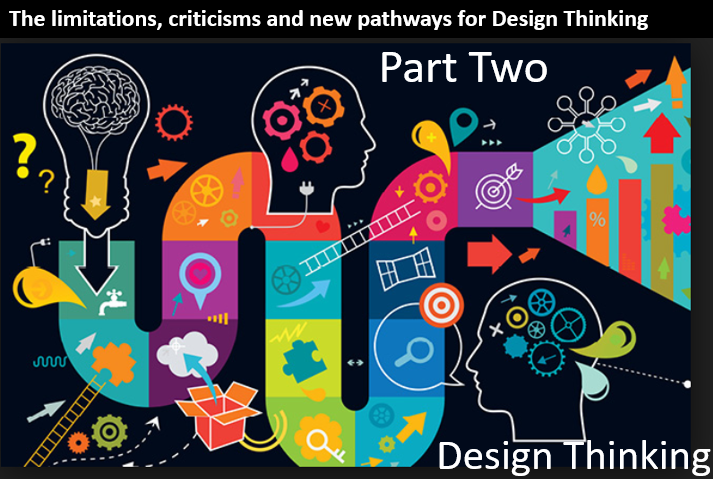![]() Increasingly I am noticing that Organizations are facing the increasing dilemma of how to organize and manage within their present systems and structures their innovation activities.
Increasingly I am noticing that Organizations are facing the increasing dilemma of how to organize and manage within their present systems and structures their innovation activities.
Innovation is becoming far too complex for the innovation process installed within the (one) organization. It is far too self-contained and not open to the collaborative environment we need today, where others outside the one organization can freely exchange and collaborate on the same platform.
I have argued for some time we do not have an “innovation fit-for-purpose” system, we still are focusing far too much on having separate solutions for the front end (IP discovery), then idea generation, and then keep separately the pipeline and portfolio management. We are still randomly applying a range of tools that individuals have collected for themselves to complete their part of the job and the outputs can’t be shared. We continue to exchange across different social channels, often seen as a necessary evil to be bridged, as often systems do not “speak” to each other.
We fail to connect up all of our innovation process and design. When will we have a fully integrated, end-to-end innovation system? Some software solution providers seem to be working towards it but tend to keep adding pieces and not stepping back and designing a fully integrated process. Why? We are managing innovation at often very sub-optimal levels of effectiveness. Continue reading “Recognizing an innovation need”





